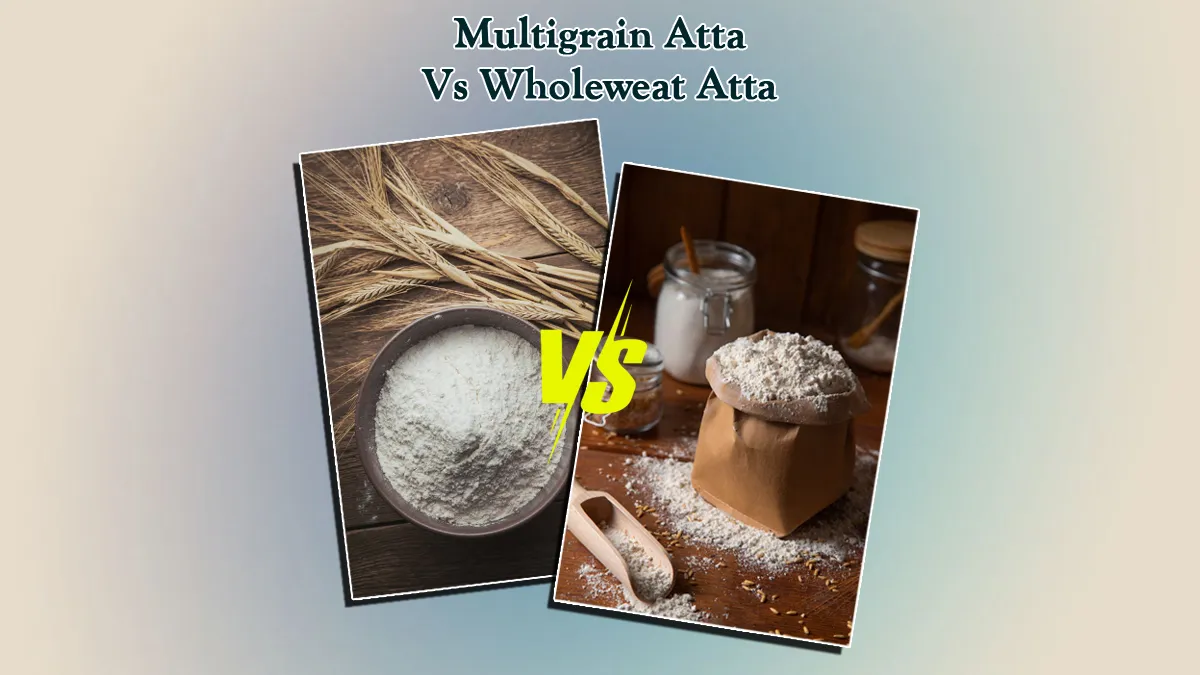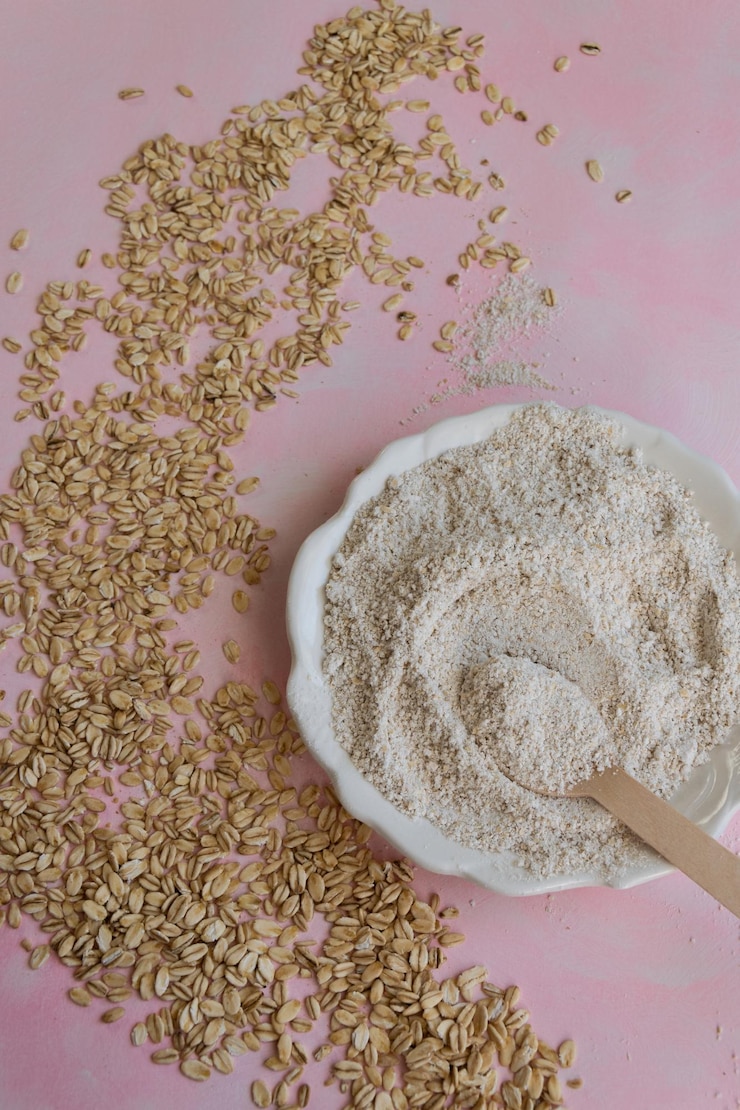
Multigrain Atta Vs Wholeweat Atta: Which One Should You Choose?
When it comes to healthy eating, even something as basic as flour can make a big difference. Multigrain atta and whole wheat atta are two common options found in Indian households, but which one is better for you? Let’s explore what sets them apart and help you make an informed choice for your meals.
What Is Multigrain Atta?
Multigrain atta is a flour made by blending different types of grains such as wheat, oats, ragi, maize, barley, and sometimes even legumes like chana or soy. This mixture is designed to offer a balance of taste, texture, and nutrition. The variety of grains helps create a more nutrient-dense flour compared to regular wheat alone.
Key Benefits Of Multigrain Atta
- Higher Nutritional Value: Because it combines several grains, multigrain atta provides a wide range of nutrients like fibre, iron, protein, and essential vitamins.
- Better Digestion: The added fibre helps with smooth digestion and may prevent constipation.
- Supports Weight Management: Its slow-digesting nature helps keep you full for longer, reducing unnecessary snacking.
- Heart Health: Grains like oats and barley are rich in beta-glucan, known for helping lower cholesterol levels.

What Is Wholewheat Atta?
Wholewheat atta is made from grinding the whole wheat kernel, including the bran, germ, and endosperm. It’s the traditional flour used in Indian kitchens for making chapatis, parathas, and rotis. It is unrefined and packed with natural goodness.
Key Benefits Of Wholewheat Atta
- Rich In Fibre: It helps with digestion and keeps your gut healthy.
- Steady Energy Release: The complex carbs in wheat provide long-lasting energy.
- Good For Heart Health: It can help manage blood sugar levels and cholesterol.
- Better Than Refined Flour: Wholewheat is far healthier than maida (refined flour), making it a better everyday option.
1
2
3
4

Don't Miss: Here Is Why You Should Avoid Eating Maida Or Refined Flour
Key Differences Between Multigrain Atta Vs Wholewheat Atta
Feature |
Multigrain Atta |
Wholewheat Atta |
Ingredients |
Multiple grains (wheat, oats, ragi, etc.) |
Only whole wheat |
Fibre Content |
Higher due to grain variety |
High, but slightly less than multigrain |
Nutrition Profile |
Diverse nutrients |
Mostly wheat-based nutrients |
Taste & Texture |
Slightly coarse and nutty |
Smooth, mild flavour |
Digestion |
Slower, keeps you full longer |
Moderate digestion speed |
Which One Should You Choose?
The answer depends on your lifestyle and health goals. If you're aiming for a more nutrient-dense diet or looking to manage weight and blood sugar, multigrain atta might be a better option. However, if you're someone with a sensitive stomach or prefer the traditional soft texture of wheat rotis, then wholewheat atta is a great daily choice.
Both multigrain and wholewheat atta have their own benefits. Choosing the right one comes down to your dietary needs and preferences. For general wellness, you might even consider alternating between the two to enjoy the benefits of both.
Image Credits: Freepik
If you liked this story, then please share it. To read more such stories, stay connected to HerZindagi.
Also watch this video
Herzindagi video
1
2
3
4